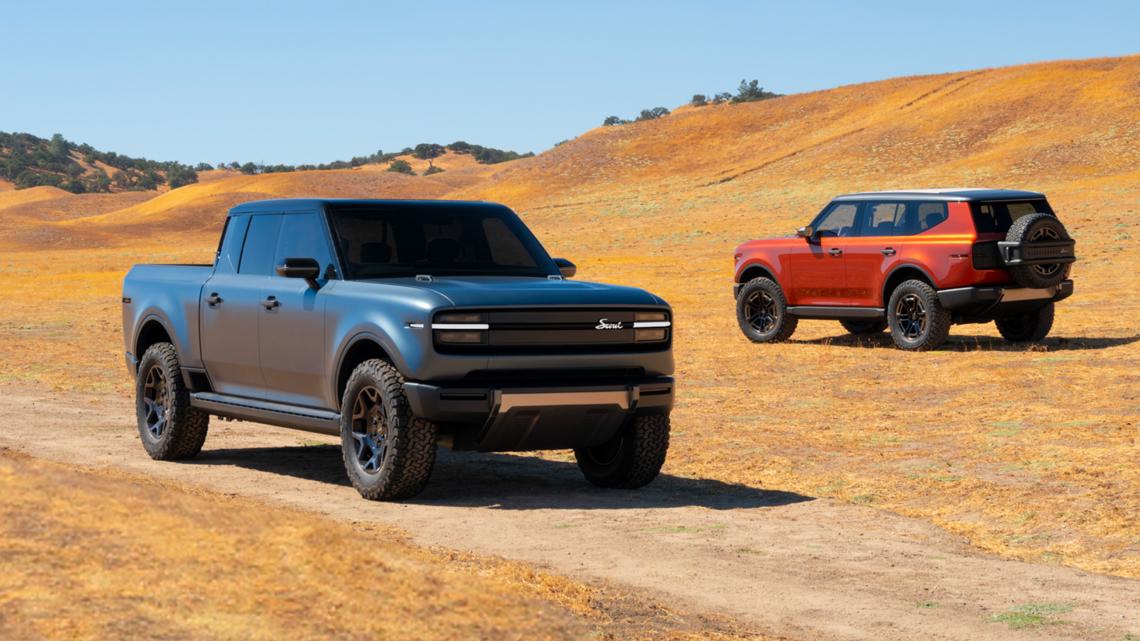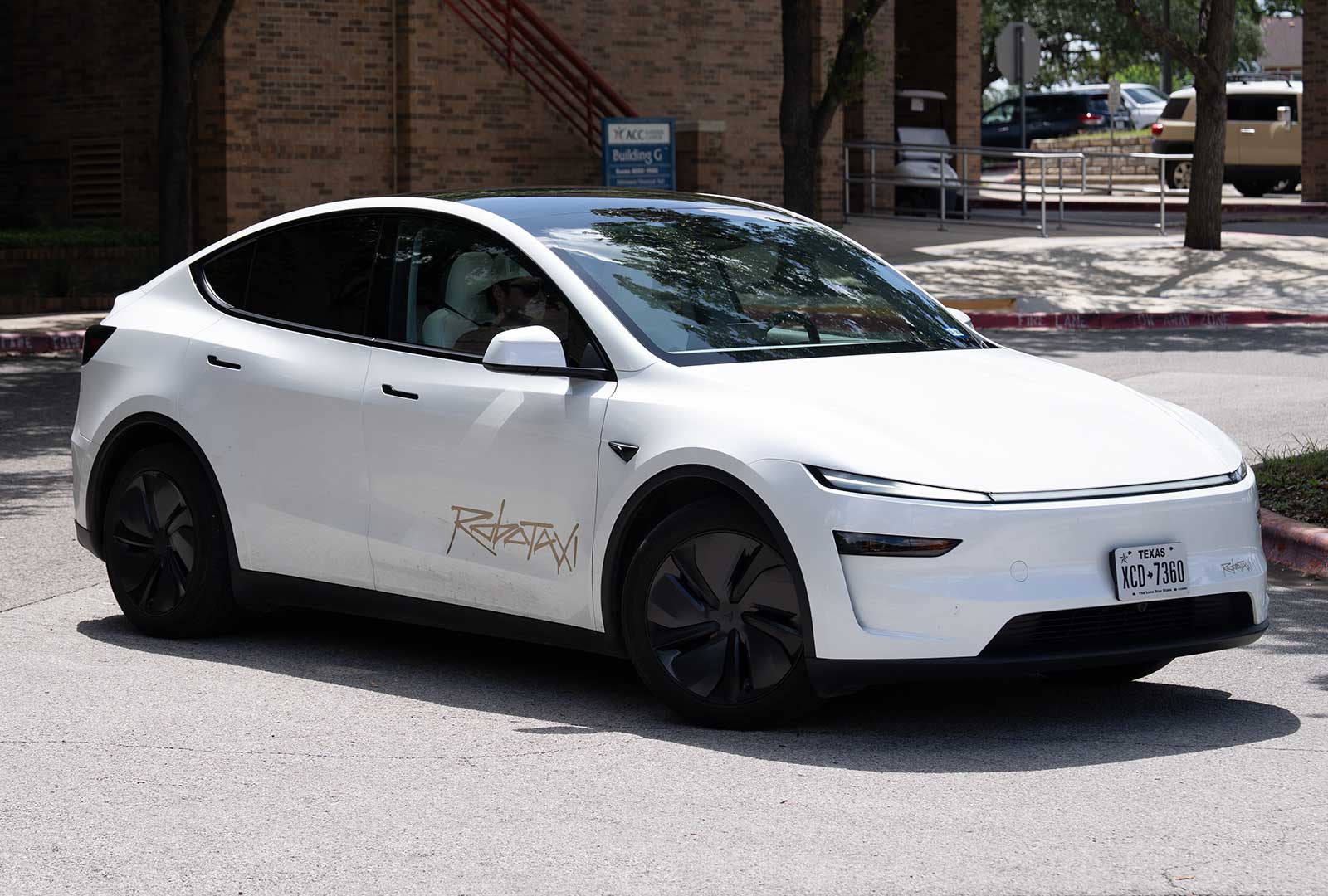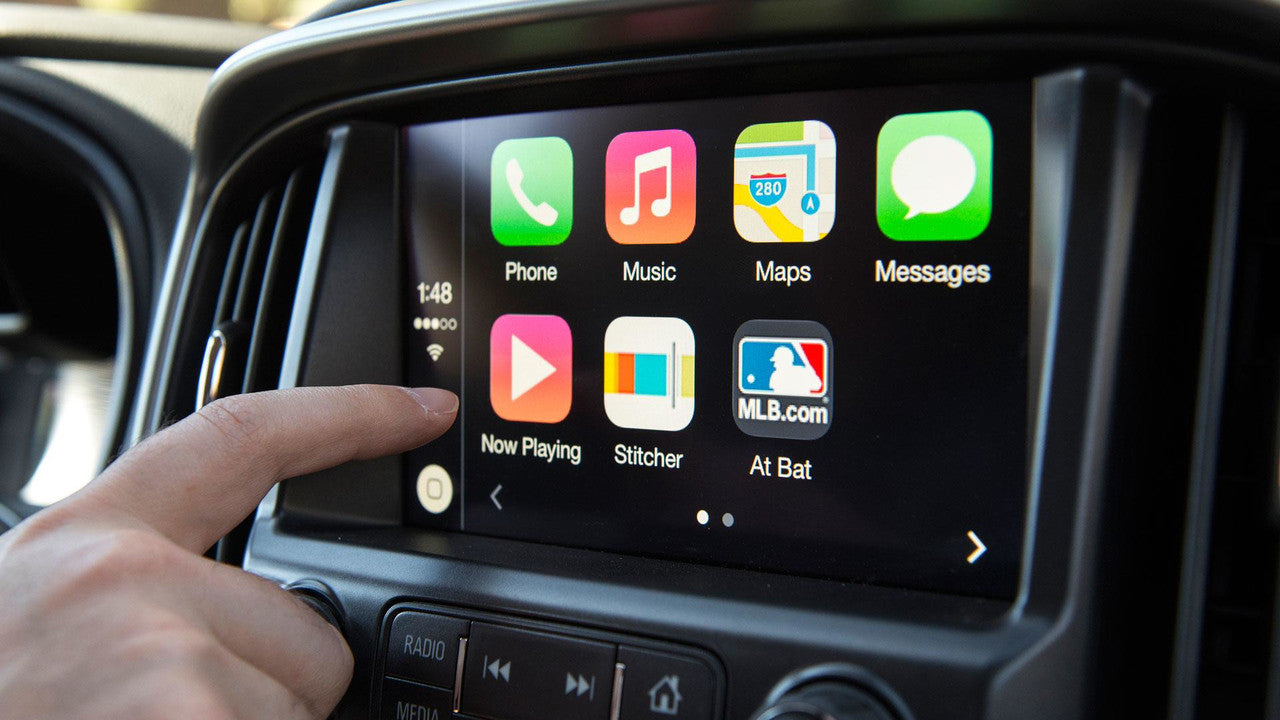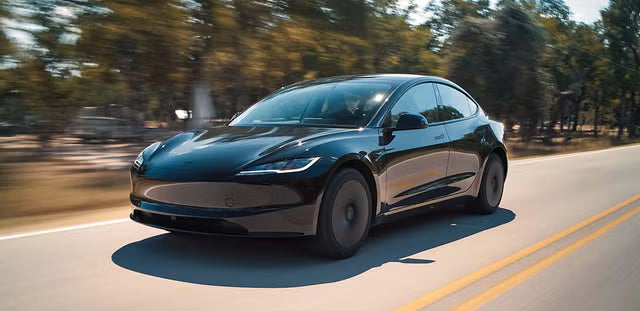Customers Overwhelmingly Choose Range-Extended Powertrains
Scout Motors—the reborn American off-road brand under Volkswagen Group—has confirmed a striking trend among its early buyers: most of them still want a gas engine in their electric trucks.
CEO Scott Keogh told Bloomberg that over 80% of the company’s 130,000 reservations for the upcoming Terra pickup and Traveler SUV are for the extended-range versions (EREV) rather than the fully electric ones.
“The market has spoken,” Keogh said. “Over 80% of the reservations are for the range extender.”
That translates to roughly 100,000 buyers choosing the model that combines electric drive with a gasoline-powered generator—a clear indication that range anxiety remains a decisive factor in the EV market.

Why the Range Extender Still Matters
An EREV (Extended-Range Electric Vehicle) is an EV that uses a small combustion engine as a generator to recharge the battery once it runs low. The wheels are powered solely by electric motors, but the gas engine extends range and peace of mind when chargers aren’t nearby.
In Scout’s setup, the all-electric Terra and Traveler will feature a nickel-manganese-cobalt (NMC) battery around 120 kWh, offering an estimated 350 miles of range. The EREV versions, meanwhile, use a smaller lithium-iron-phosphate (LFP) battery with about half the capacity, good for roughly 150 miles on electricity alone.
When the battery depletes, a naturally aspirated four-cylinder engine—mounted behind the rear axle—kicks in to generate power, extending total range to about 500 miles. Both variants will support DC fast charging, ensuring flexibility for all types of drivers.
Matching the Market, Not Fighting It
While Keogh stopped short of officially confirming which version will launch first, his comments suggest the company may prioritize the extended-range model:
“In general, in life, you like to meet the market. So certainly we would probably lean with the EREV, but nothing we’ve announced yet,” he noted.
Both variants are being developed simultaneously, and Scout’s new Blythewood, South Carolina factory is designed to build them interchangeably.
The approach highlights a pragmatic strategy: embracing electrification while acknowledging customers’ current charging concerns. For pickup buyers—who often drive long distances and work in remote areas—the range-extended model may simply make more sense today.
No Return to Gas-Only Models
Despite strong demand for range-extended options, Keogh dismissed any notion of a purely combustion-powered Scout:
“I don’t see it,” he said. “The world is still heading electric. The technology is there, the innovation is there. We are in the early stages, and tech is only getting better.”
Keogh emphasized that Scout’s long-term vision remains firmly rooted in electrification. “We want to make sure Scout is prepared for the next 100 years,” he said. “We’re not building a two-year brand.”

Building Toward the Future in South Carolina
Scout’s Terra and Traveler models are set to enter production in late 2027 at the company’s brand-new $2 billion facility in Blythewood, South Carolina. Volkswagen recently announced an additional $300 million investment, underscoring its commitment to the brand’s revival.
Once operations begin, Keogh said it will take about three years to reach full production capacity, as Scout ramps up its workforce and supplier network.
For now, the message from Scout’s reservation numbers is clear: while drivers are increasingly open to electric trucks, they still want a safety net. The EREV approach could serve as the perfect bridge between today’s practical realities and tomorrow’s electric future.
Recommend Reading: The Slate Truck Gains Tesla Supercharger Access — Expanding Its Everyday Range








Share:
Las Vegas Police Unveil Nation’s First Tesla Cybertruck Patrol Fleet
Kia EV4 U.S. Launch Put On Hold Amid EV Market Uncertainty